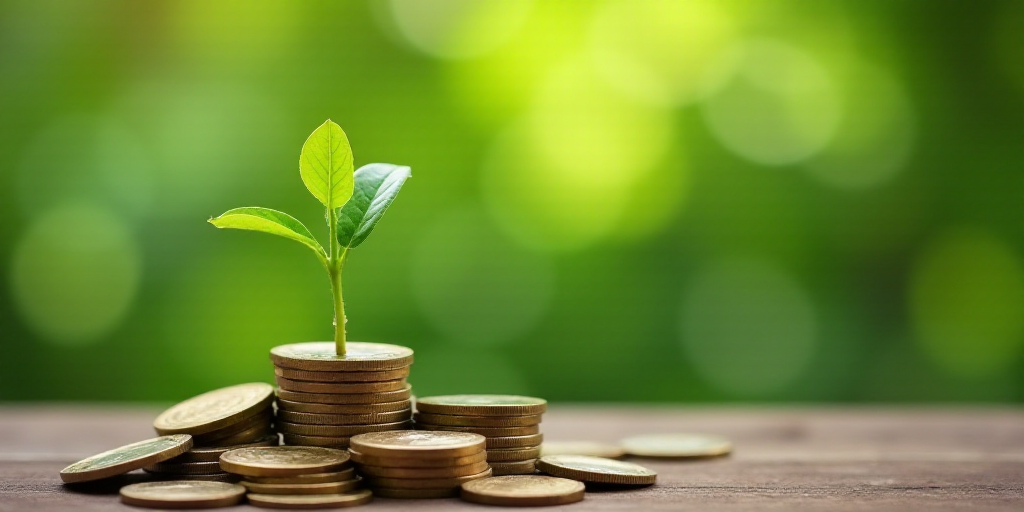Introduction
Stricter regulations, investor pressure, and risk management have transformed the perception and valuation of real estate assets in Mexico. However, current reality might start demanding going beyond obtaining green building certifications.
Green Building Certifications and Property Value
According to JLL Mexico’s study, “Impact of Sustainability on Real Estate Valuation,” sustainability standards like LEED, EDGE, or WELL formalize green attributes. Green construction has demonstrated a relationship with value premiums that can reach between 5% and 15% in developed markets.
Evolving Sustainability Concept
The concept of sustainability in real estate has become more comprehensive, requiring a deeper vision that encompasses operation, maintenance, and constant adaptation.
Traditionally, the sector differentiated between green (certified) and brown (uncertified) properties. Now, the market shows a polarization between properties aligned with advanced standards and those lagging behind.
Risks of Non-Adaptation
This bifurcation implies real risks: properties that fail to adapt face accelerated obsolescence, reduced liquidity, and progressive depreciation, according to JLL.
Adopting sustainability criteria not only mitigates financial risks but also generates tangible economic benefits. Ignoring this trend may leave owners and developers exposed to climate change-related physical risks, as seen in Acapulco, Guerrero, after Hurricane Otis in 2023.
Progress in Mexico and the Region
Currently, Mexico ranks among the top 10 countries with the most green building projects, boasting over 700 certified buildings. In Latin America, Buenos Aires leads with nearly 75% of its office inventory certified.
Meanwhile, Mexico City and Guadalajara report 50% of their buildings with some green distinction. Monterrey, the industrial capital and birthplace of Nuevo León, has only a quarter of its buildings certified.
The advancement in national regulations, such as the NMX-AA-164-SCFI and new sustainable construction codes in key cities, drives this growth. Additionally, international investor pressure and rising energy costs contribute to this trend.
Actual Performance
Recent studies show that companies are increasingly willing to reduce rentable space in favor of sustainable buildings with advanced technology promoting well-being. Consequently, sustainability has evolved from an added value to a key criterion for investment and space occupation.
However, JLL emphasized that “while many occupants have sought certified spaces to ensure sustainable operations, these certifications do not correlate with lower emissions,” implying the need for more profound strategies.
“While certifications set important parameters, genuine sustainability requires continuous commitment to innovation, real impact measurement, and constant adaptation to new technologies and sustainability knowledge,” the study adds.
Key Questions and Answers
- What are sustainable certifications in real estate? Sustainable certifications like LEED, EDGE, or WELL formalize green attributes in buildings and have been linked to increased property value.
- Why are sustainable certifications important? Adopting sustainability criteria mitigates financial risks and generates tangible economic benefits. Ignoring this trend may expose owners to climate change-related physical risks.
- How does Mexico rank in green building projects? Mexico is among the top 10 countries with the most green building projects, with over 700 certified buildings.
- What are the risks of non-adaptation to sustainability? Properties that fail to adapt face accelerated obsolescence, reduced liquidity, and progressive depreciation.
- How do sustainable certifications correlate with emissions? Sustainable certifications do not directly correlate with lower emissions, requiring more profound strategies for genuine sustainability.






